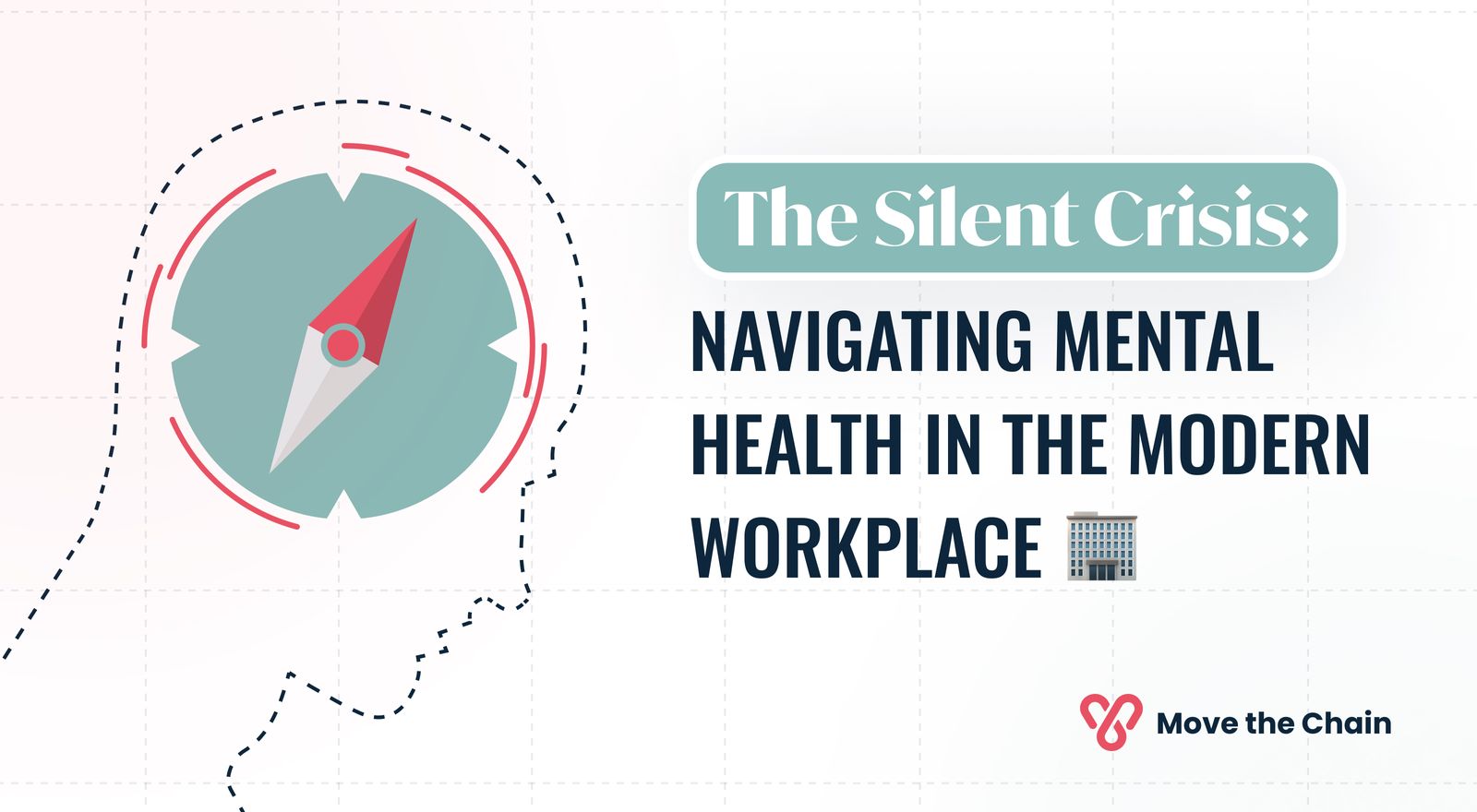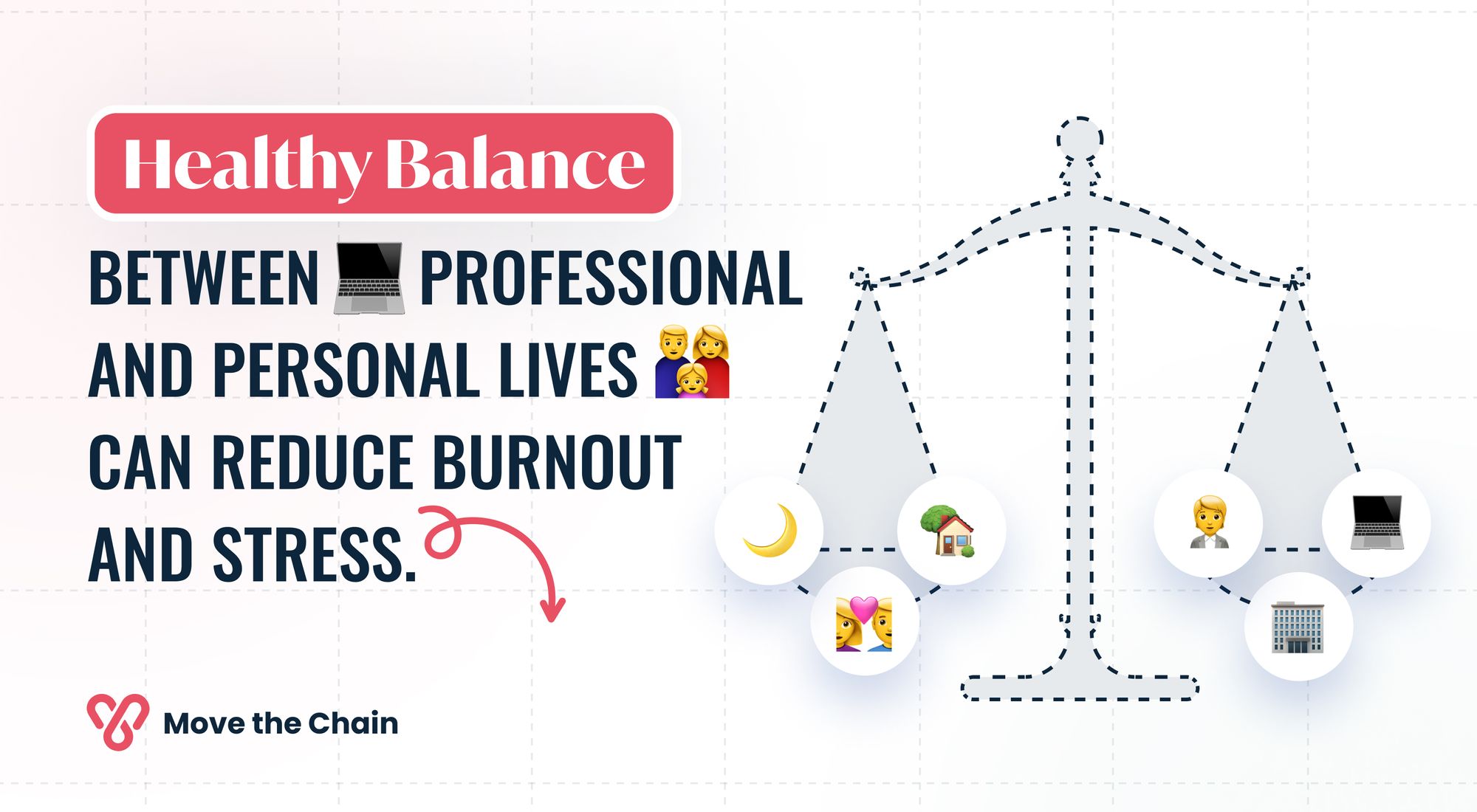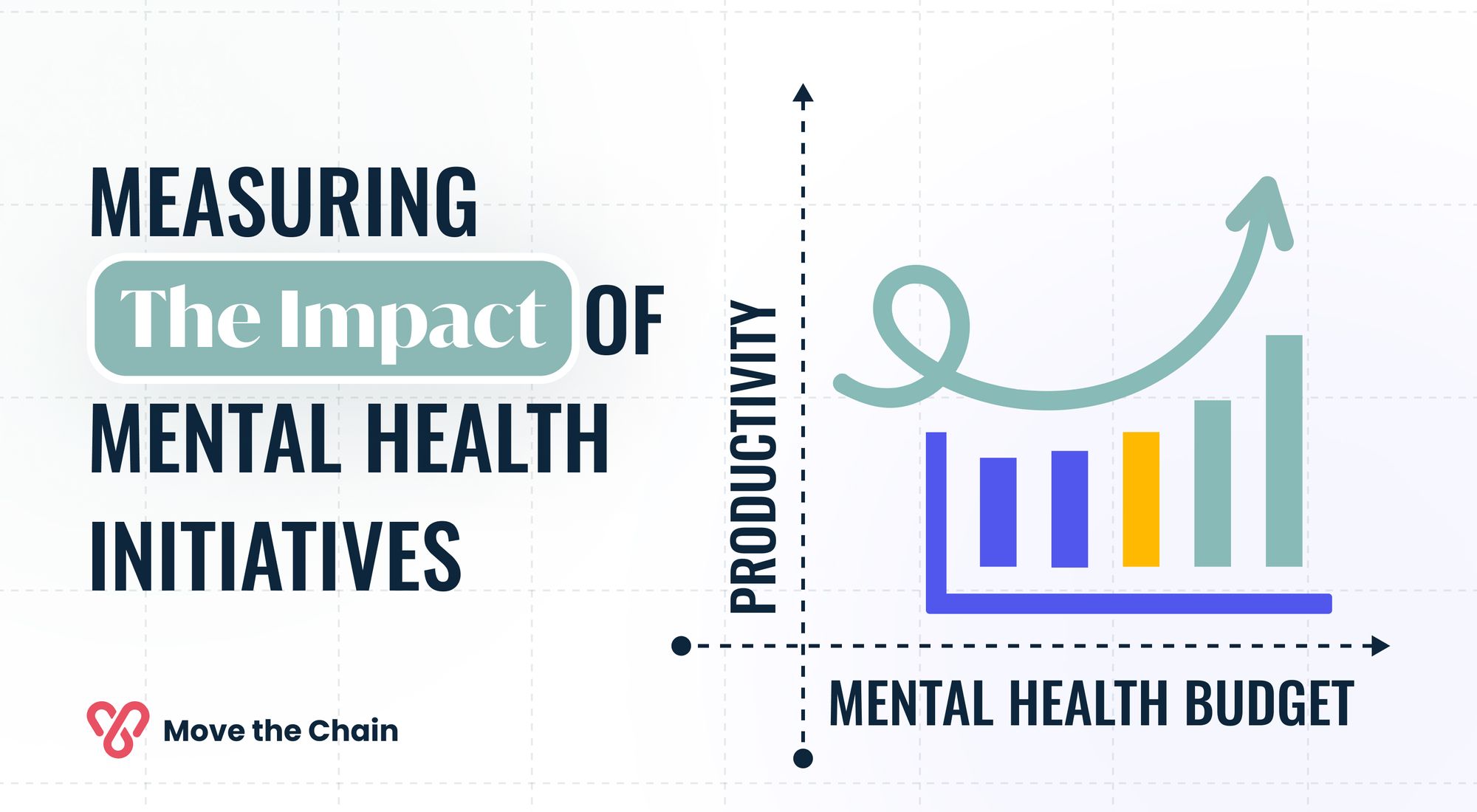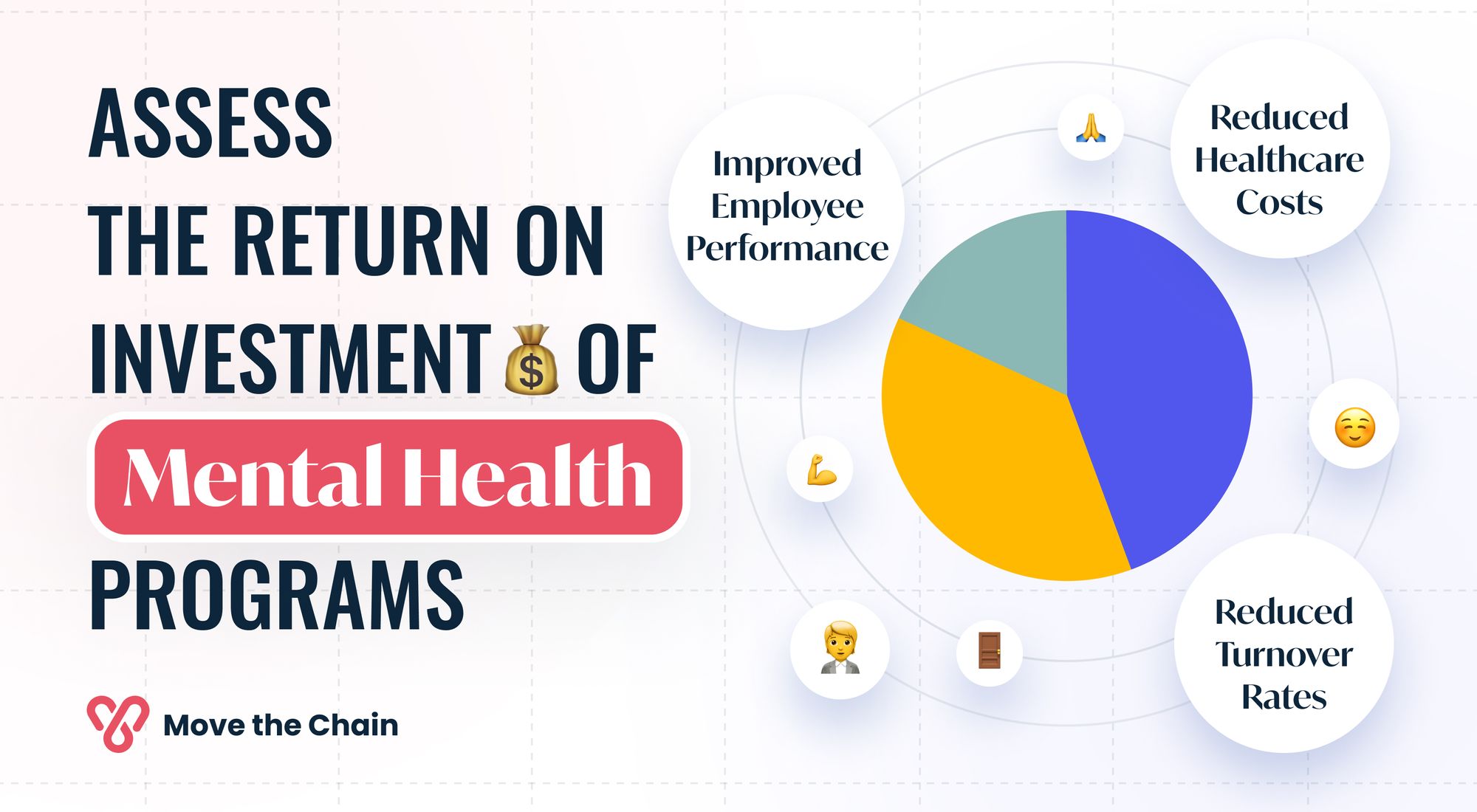The Silent Crisis: Navigating Mental Health in the Modern Workplace

In recent years, the workplace has become a focal point for discussions on mental well-being. An alarming rise in mental health issues among professionals has underscored the need for urgent attention. The pandemic further spotlighted this concern, with many grappling with unprecedented challenges, both personally and professionally.
While there's been a commendable surge in initiatives addressing mental health post-pandemic, a significant gap remains. Many employees still find themselves navigating a system that falls short of providing adequate support. As we move forward, understanding this evolving landscape becomes crucial for both employers and employees alike.
The Magnitude of the Problem
The modern workplace, with its myriad challenges and pressures, has become a significant arena for mental health concerns.
Recent studies paint a concerning picture: approximately 1 in 6 employees face mental health issues.
This statistic is not merely a number; it represents countless professionals struggling daily, trying to balance their well-being with job demands.
The advent of the global pandemic further intensified this scenario. Employees worldwide found themselves navigating unprecedented stressors, from the fear of the virus to adapting to remote work.
While many organizations have taken steps to address these concerns, a substantial portion of the workforce, nearly one-third, feels that the mental health support available to them falls short of their needs.

Economic Implications of Neglected Mental Health
Beyond the personal struggles and challenges that individuals face, there's a broader economic narrative intertwined with mental health. Specifically, disorders like depression and anxiety, prevalent among professionals, have a profound economic impact.
Depression and anxiety alone drain approximately $1 trillion from the global economy each year, a testament to their pervasive nature.
This economic drain isn't just about direct healthcare costs. The loss in productivity is immense.
To provide a clearer picture, consider this: depression and anxiety result in around 12 billion lost working days annually. That equates to 50 million years of work, a staggering figure that underscores the urgency of addressing mental health in the workplace.
For businesses, this isn't just a matter of employee well-being; it's a crucial economic imperative that demands attention and action.
Analyzing the Data
In the quest to understand the intricate relationship between mental health and the workplace, data plays an indispensable role. It offers a clear lens through which we can gauge the extent of the issue, its implications, and the evolving trends that shape the narrative.
Key Statistics on Mental Health's Impact
When we delve into the numbers, the narrative around mental health becomes even more compelling.
A startling revelation is that nearly 20% of US adults grapple with a mental health condition annually.
This isn't a fringe issue; it's central to the modern workplace, influencing productivity metrics, interpersonal dynamics, and overall employee morale.
The economic dimension of this challenge is equally significant. Mental health disorders, particularly depression and anxiety, account for a loss of about 12 billion workdays globally each year.
To visualize this, imagine the combined work output of 50 million years being nullified. However, there's a silver lining. Interventions, when implemented, yield positive results.
A notable 80% of employees, with post-mental health treatment, have reported enhancements in their work efficiency and job satisfaction. This statistic accentuates the transformative power of proactive mental health support.
Trends in Workplace Mental Health
The narrative of mental health in the workplace is dynamic, influenced by a myriad of external and internal factors. A pivotal external factor has been the COVID-19 pandemic.
This global crisis catalyzed a shift in organizational priorities, emphasizing the mental well-being of employees. Companies across the globe had to adapt and address challenges like isolation, remote work dynamics, and the overarching uncertainty of the times.
Generational attitudes further mould this narrative. The younger workforce, nurtured in an environment more receptive to mental health discussions, often places a premium on employers who prioritize mental well-being. Their preferences and expectations are gradually recalibrating organizational mental health policies.
Yet, the journey is far from complete. Detrimental work environments, characterized by toxicity and abuse, persist.
These settings disproportionately affect marginalized communities, inflicting mental trauma. Such environments don't just undermine individual health; they chip away at the foundational ethos of organizations.
Confronting and rectifying these challenges is not merely an ethical obligation; it's pivotal for the comprehensive well-being and success of any organization.
Solutions and Strategies
Addressing mental health in the workplace requires a multifaceted approach. As the data underscores the gravity of the issue, it becomes imperative for organizations to adopt comprehensive strategies. These strategies not only alleviate the immediate concerns but also foster a culture of well-being and support.
Employer Initiatives for Mental Health Support
A proactive stance by employers can make a significant difference. Here are some pivotal strategies that organizations can integrate:
•Training Managers: Managers play a crucial role in shaping the work environment. By training them to recognize signs of mental distress and equipping them with tools to offer support, organizations can create a first line of defense against mental health issues.
•Access to Screenings and Counseling: Regular mental health screenings can help in early detection and intervention. Coupled with accessible counseling services, employees can receive timely help, mitigating potential crises.
•Comprehensive Health Insurance: A health insurance plan that covers mental health treatments can be a game-changer. It not only provides financial support but also signals the organization's commitment to holistic employee well-being.

•Promoting Work-Life Balance: Encouraging employees to maintain a healthy balance between their professional and personal lives can reduce burnout and stress. Flexible work hours, remote working options, and respecting personal time are steps in the right direction.
•Creating Supportive Environments: Initiatives like setting up employee support groups, mental health days, and wellness programs can foster a culture where employees feel valued and supported.
Reducing Stigma and Promoting Open Dialogue
The shadow of stigma often looms large over discussions related to mental health. Overcoming this barrier is essential for creating an inclusive and supportive workplace.
•Education and Awareness: Regular workshops, seminars, and awareness campaigns can dispel myths surrounding mental health. By educating employees, organizations can replace misconceptions with facts, gradually eroding the stigma.
•Leadership's Role: Leaders and top management play a pivotal role in setting the tone for open dialogue. When leaders openly discuss mental health, share personal experiences, or emphasize its importance, it creates an environment where employees feel safe to share their struggles and seek help.
•Encouraging Conversations: Creating platforms where employees can discuss their mental health challenges, either anonymously or openly, can be therapeutic. It also fosters a sense of community, where employees realize they aren't alone in their struggles.
Incorporating these strategies and initiatives not only addresses the immediate concerns related to mental health but also positions the organization as a forward-thinking, employee-centric entity.
As the discourse around workplace mental health gains momentum, employers are at the forefront of driving meaningful change. By adopting actionable strategies and measuring their impact, organizations can create a supportive environment that prioritizes employee well-being.
Steps to Enhance Mental Health Support
For employers keen on bolstering their mental health support framework, here are some concrete steps to consider:
•Conduct Employee Surveys: Regularly solicit feedback from employees about their mental well-being and the effectiveness of existing support systems. This can provide invaluable insights into areas that need improvement.
•Training and Development: Invest in training programs that equip managers and team leads with the skills to recognize and address mental health concerns within their teams.
•Accessible Mental Health Resources: Ensure that employees have easy access to resources, whether it's counseling services, helplines, or informational materials. This can empower them to seek help when needed.
•Foster Inclusive Cultures: Cultivate a workplace culture that celebrates diversity and inclusivity. Such environments can significantly reduce stress and anxiety, especially among marginalized groups.
•Promote Work-Life Balance: Encourage employees to take regular breaks, offer flexible working hours, and ensure that they aren't overburdened. A balanced work-life dynamic is crucial for mental well-being.

Measuring the Impact of Mental Health Initiatives
Merely implementing mental health initiatives isn't enough. It's vital to measure their efficacy to ensure they're delivering the desired outcomes.
•Invest in Mental Health Programs: Allocate a dedicated budget for mental health initiatives. This investment can yield significant returns in terms of enhanced productivity, reduced absenteeism, and improved employee morale.
•Track Key Metrics: Regularly monitor metrics like absenteeism rates, productivity levels, and employee turnover. Analyzing these can provide insights into the effectiveness of mental health initiatives.
•Feedback Loops: Establish mechanisms where employees can provide feedback on mental health programs. Their firsthand experiences can offer invaluable insights into areas of improvement.
•ROI Analysis: Assess the return on investment of mental health programs. Consider factors like reduced healthcare costs, improved employee performance, and reduced turnover rates. A positive ROI can further justify and reinforce the importance of investing in mental health initiatives.
By adopting these recommendations and continuously measuring their impact, employers can ensure that their organizations remain at the forefront of promoting and supporting mental well-being.

The Way Forward for Workplace Mental Health
The discourse around mental health in the workplace has never been more pertinent. As data and real-life narratives have shown, workplace mental health is not just an individual concern but a collective one that affects the very fabric of organizations. Employers play a pivotal role in shaping the narrative, and their proactive approach can make a world of difference.
Mental health issues are not isolated incidents; they permeate every corner of the workplace. From affecting productivity to influencing interpersonal dynamics, the ripple effects of poor mental health are vast.
However, the converse is equally true. Prioritizing employee mental health can lead to a host of benefits, from improved morale to enhanced productivity.
It's essential to understand that mental well-being isn't separate from physical health. The two are intertwined, and issues in one can negatively affect the other. Recognizing and addressing mental health conditions is as crucial as addressing physical health conditions.
For employers, the call to action is clear: promote mental health and create an environment where employees feel supported and understood.
Tools like employee assistance programs, regular check-ins, and fostering open dialogues can be instrumental in this journey.
In conclusion, the path to ensuring mental health and well-being in the workplace is a continuous one. It demands consistent efforts, understanding, and most importantly, the realization that mental and physical health are two sides of the same coin.
By championing mental well-being, organizations not only support their employees but also pave the way for a healthier, more productive future.